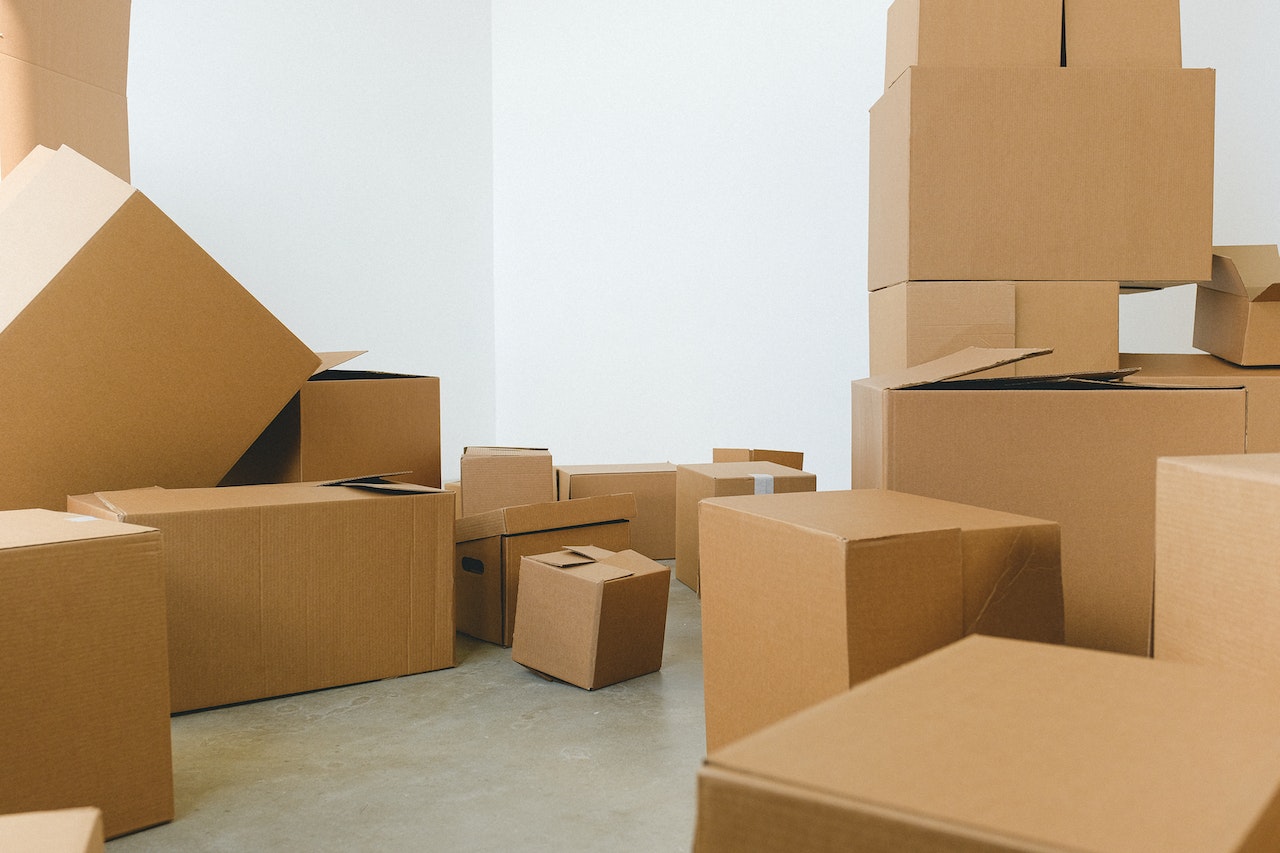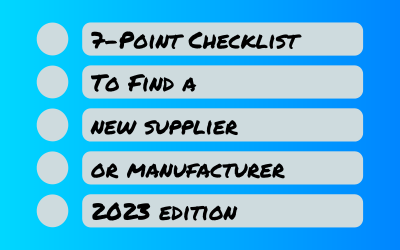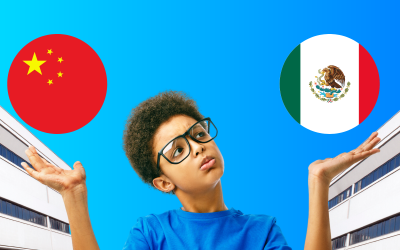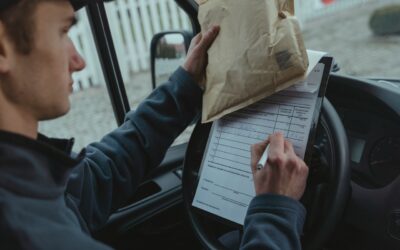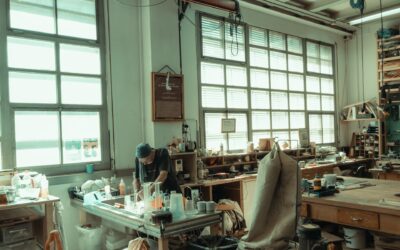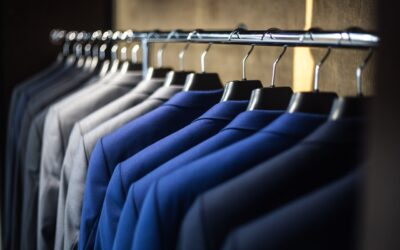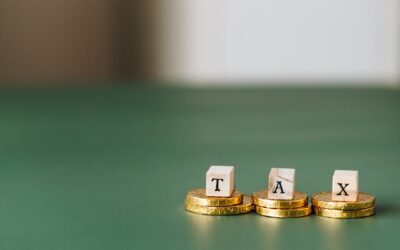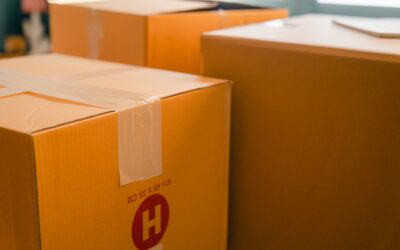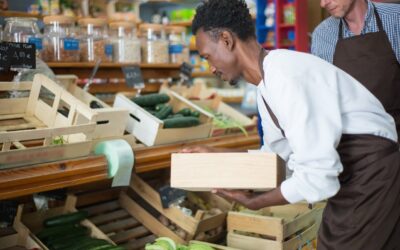We see cardboard boxes everywhere – from groceries to electronics, whatever goods you’re buying they’re almost certainly going to arrive inside cardboard packaging of some kind. Corrugated cardboard is such a versatile product that millions of tons are used each year, yet many of us haven’t given much thought to its origins. How is cardboard packaging actually being made?
What Is Cardboard Packaging?
A cardboard box is a lightweight material that is widely used for packaging. Despite its weight, it’s incredibly stiff and strong, giving it the kind of versatility needed to meet all kinds of industrial applications. There are two main types of cardboard – corrugated cardboard and boxboard.
- Corrugated Cardboard
Corrugated cardboard is often used for shipping and packaging. It’s made up of a corrugated medium called the flute, sandwiched between two kraft paper liners. This special assembly process creates a robust structure that can absorb impact, helping cushion the contents of the box, making it a perfect choice for a large variety of packages.
- Boxboard
Boxboard is thinner than corrugated cardboard and is made from a single sheet of cardboard. These are usually used in packaging for things such as cereal boxes, hair dye, toilet paper rolls, tissue boxes as well as other consumer products.
Cardboard Packaging Production Process
We probably all know that the source of all these cardboard is trees, but we might not understand exactly how. Though cardboard boxes may look simple, they are actually quite complex to make.
-
Raw Materials
The main composition of cardboard is paper pulp. The pulp can be made from any tree, but trees with longer and stronger wood fibers such as timber and pine are preferred. The wood fibers help to create tension, increasing the durability of the board.
While wood chips can be produced directly from virgin wood, many manufacturers are choosing recycled wood chips and shavings from lumber mill waste which is not only cheaper but gives the wood chips a new lease of life, and saves them from being disposed of in landfills.
-
Kraft Pulping Process
“Kraft” means “strength” in Swedish. The Kraft process is used to increase the strength of the pulp.
To make pulp, the wood shavings are cooked in a strong alkaline mixture of sulfate chemicals. This degrades the lignin, the glue-like substance that holds the wood fibers together, into small water-soluble molecules.
Due to the chemicals used, Krafting usually results in a dark brown color. But it can be further bleached if a lighter color is desired.
-
Fluting or Corrugation
Once the kraft paper is dried, it can be used to make a flute. A flute is a wavy piece of kraft in the middle of the cardboard, which helps to add rigidity to the final product. Rolls of paper go through a corrugated roller machine which uses hot steam to ruffle the paper.
Depending on the purpose of the cardboard, different levels of fluting may be used for different strengths. Increasing the level of fluting will increase the strength of the box, but requires more material, increasing both production time and cost.
Now that we have all the key components of corrugated cardboard, they can be glued together. Starch-based glue is applied to the edges of the kraft paper to adhere to the two layers of liners. The cardboard then travels over heated plates which cure the glue to hold everything in place.
-
Turning Cardboard into Boxes
Once we have our cardboard sheets, we can cut them into whatever style or size meets our production requirements. A trimmer will then cut out the precise handles and flaps of the boxes to form box blanks.
These box blanks later travel through other machines for bending, gluing, and printing to form finished boxes. For boxes that are used in food, wax coatings can also be applied to the inner sides of the box to help reduce sagging from moisture, or heat.
Environmental Impact of Cardboard Packaging
Nowadays, consumers are increasingly more concerned with making conscientious efforts to choose eco-friendly suppliers. On top of recycled wood chips from lumber mills, other sources of recycled waste such as recycled paper are now also used to make cardboard. By recycling waste, the life cycle of cardboard is effectively extended, reducing the impact on the environment.
The materials are repulped and are put through the same process again – they are initially pulped and turned into a slurry to clean the fibers of any contaminants or ink from previous printings, then the slurry is combined with a small percentage of virgin wood to form the new pulp hybrid.
This pulp hybrid of new and recycled materials can consist of more than 80% of recycled materials, dramatically decreasing the amount of new materials needed and reducing the environmental impact of the product.
Cardboard Packaging For The Future
Cardboard, thanks to its availability and versatility, will continue to be the leading packaging choice for many products.
With our carbon footprint increasingly under the microscope, manufacturers are already choosing to use more biodegradable materials that make future recycling of cardboard easier. This includes using soy-based inks, biodegradable waxes, and coatings during production. Moving forward, environmental concerns will continue to guide the manufacturing decisions of cardboard, and it’s likely that these processes will continue to improve, reducing the environmental impact further.
Product packaging has an important part to play in achieving a carbon-neutral end product. With consumer demand for green goods ever increasing, it’s important to stay ahead of the curve. Zipfox has a wide directory of manufacturers that can help you do exactly that, so why not click below to browse and find your perfect manufacturing partner today?

